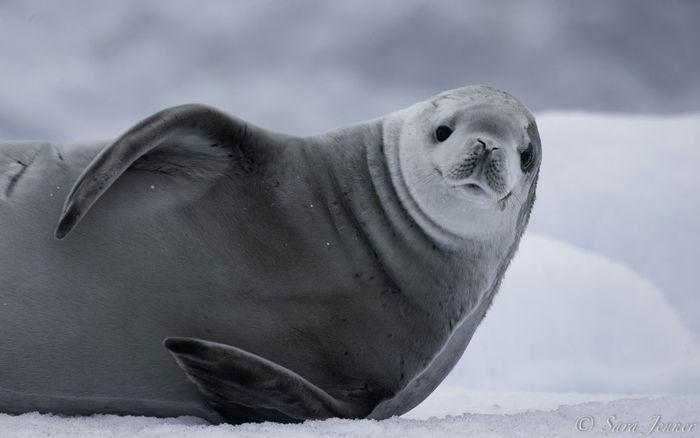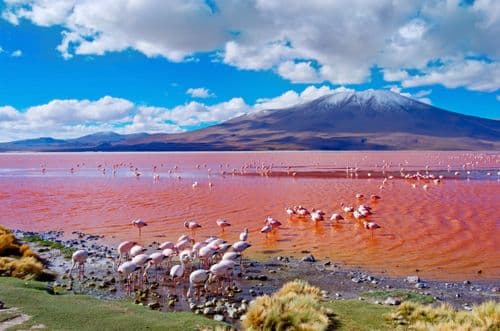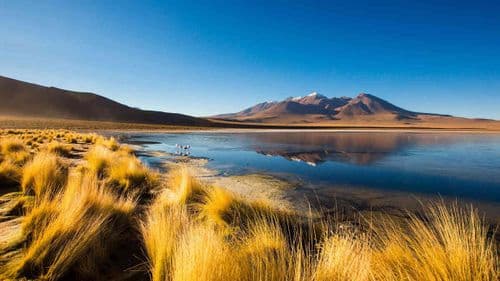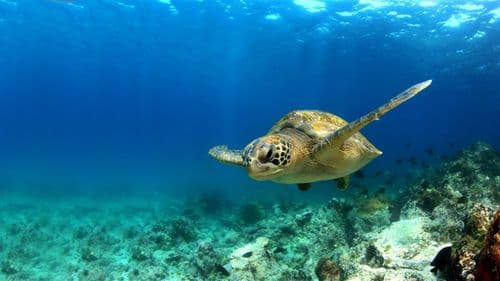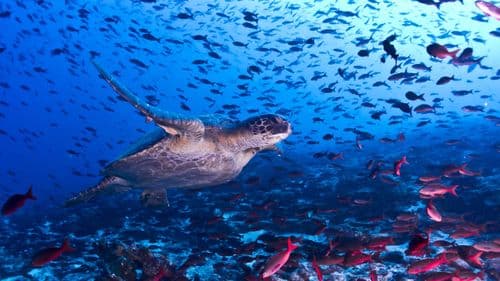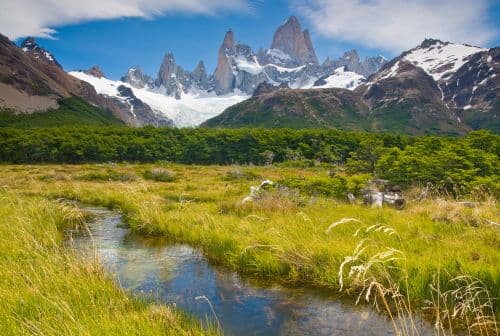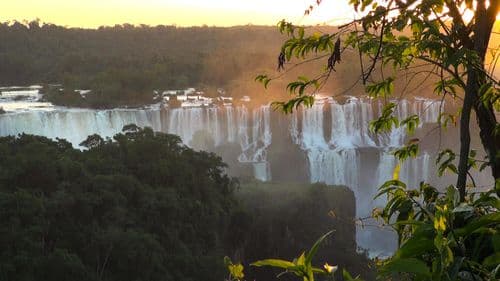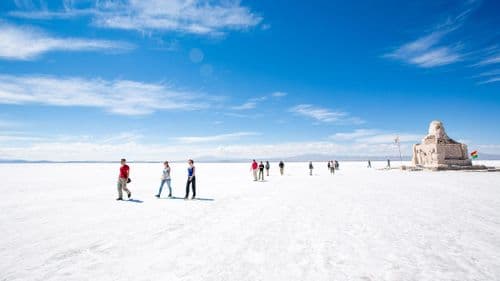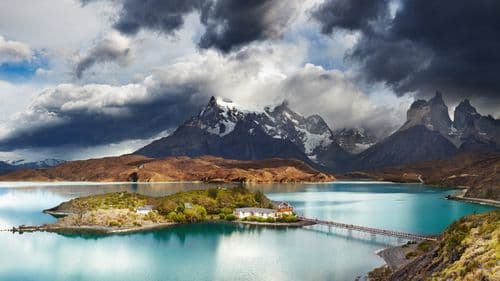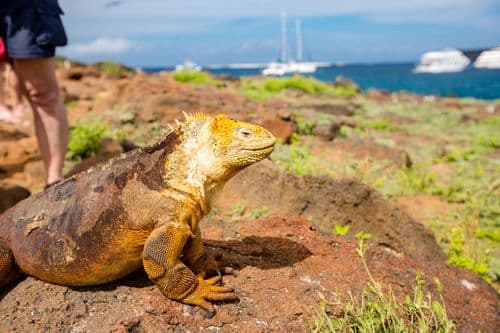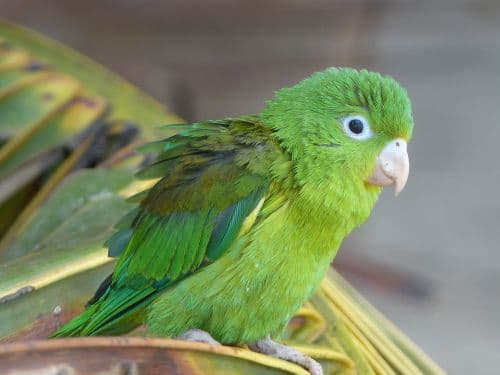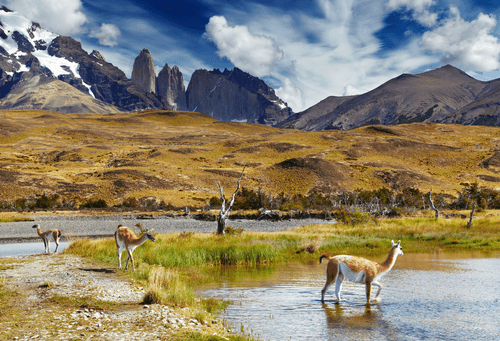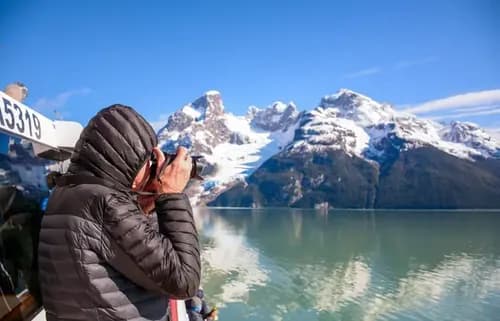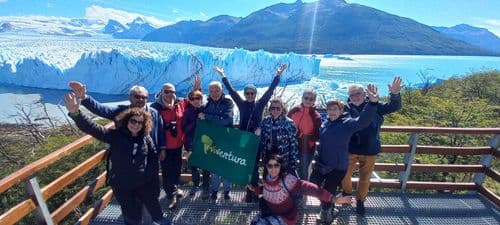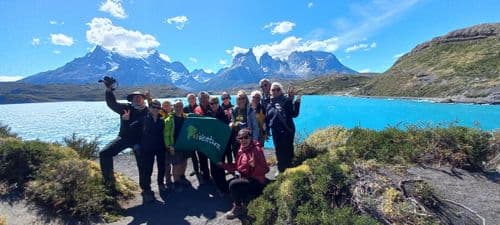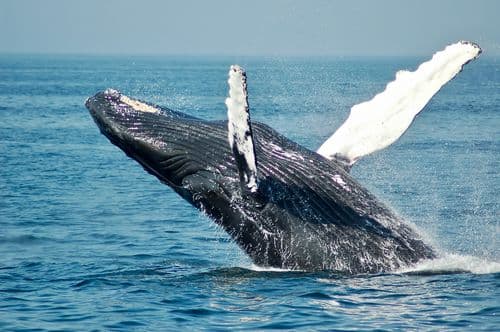Informationen über Crabeater Seal
Our Expert Says… "It's very rare to see Crabeaters on the shore, they much prefer to socialize on ice floes, and can turn up almost anywhere in Antarctica, but especially when there are plenty of ice floes in an area. As adults age, they get paler in color. Some so much so that in the past they were mistaken for another species that was named the White Seal until it was understood that these were elderly crabeaters."
Many people are surprised to learn that the crabeater seal doesn’t actually eat crabs! In fact, it’s a specialist feeder on Antarctic krill. The serrated teeth have five lobes that interlock to act like sieves, rather like baleen, for straining the small crustaceans out of the water so they can be swallowed down.
Crabeaters are a pretty large seal, often growing to more than 2m (6ft 7”) in length, and they are mainly found on the pack ice that forms and retreats over the course of an Antarctic year. They haul themselves onto the ice in groups to rest and socialize, as well as to mate. However, when it comes time to give birth, female seals will haul out individually rather than gathering together as many other seal species do.
Unfortunately, the death rate among baby crabeater seals is very high, largely due to attacks from leopard seals, for whom they are a favorite food. Studies have found that up to 80% of the crabeater pups born each year are killed by leopard seals. Many young adult seals have visible scars as evidence of a close encounter with a leopard seal.
The pale-colored crabeater seal is by far the most common seal in the Antarctic region, and indeed the world, with a population estimated to be up to 75 million, despite its high levels of infant mortality. They have become so successful because of their specialization in eating the Antarctic krill, which is hugely abundant this far south beyond the hunting grounds of most large krill-eating whales apart from the blue whale and minke whales. Because whales were aggressively hunted in the early 20th century, the krill stocks massively increased, allowing them to support a huge crabeater population.
Wissenswertes über Crabeater Seal
Studies of Orcas attacking seals have found they can be more wary of attacking a Crabeater Seal on an ice floe compared to a Weddell Sea since they can be quite 'snappy'!
Bilder von Crabeater Seal

